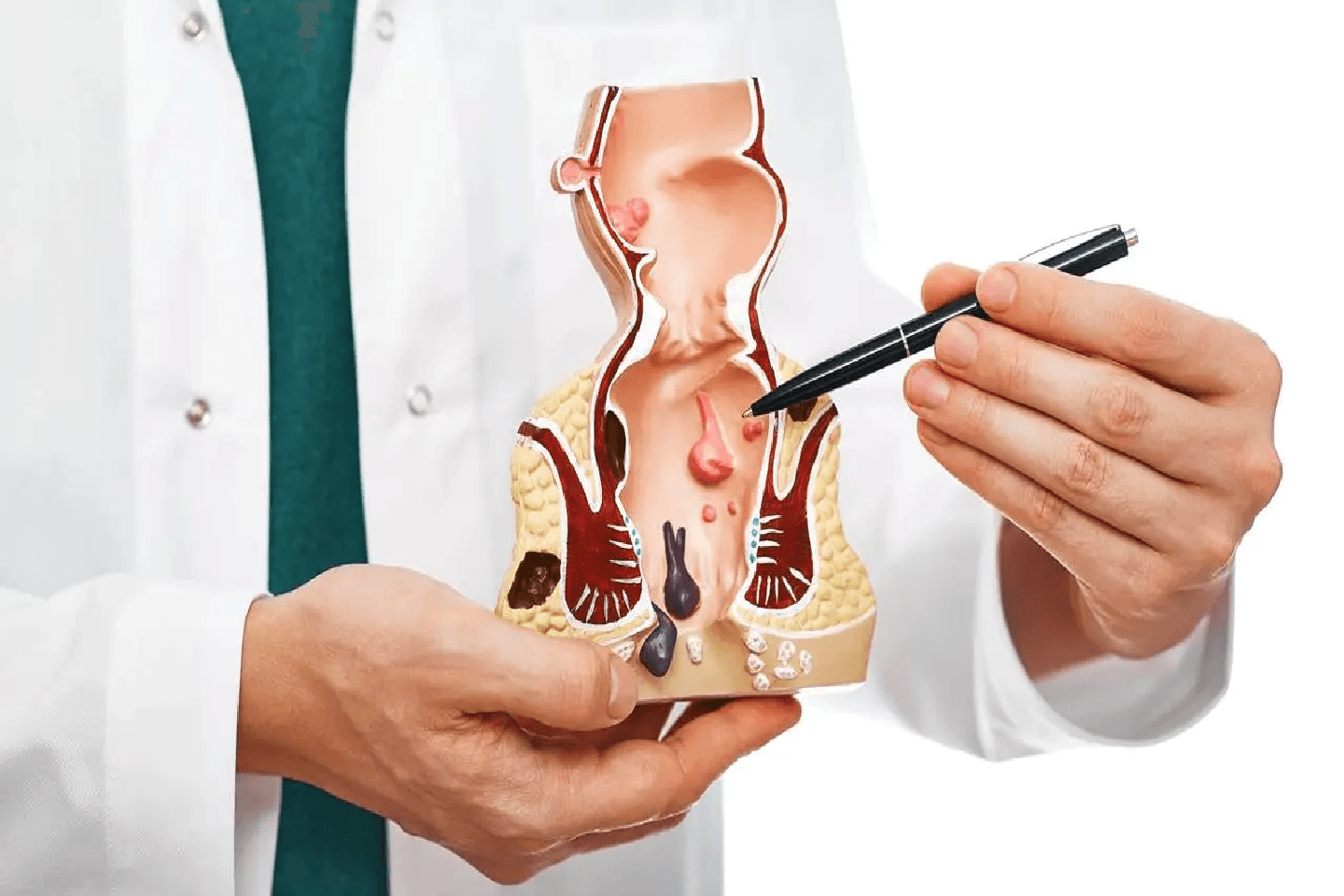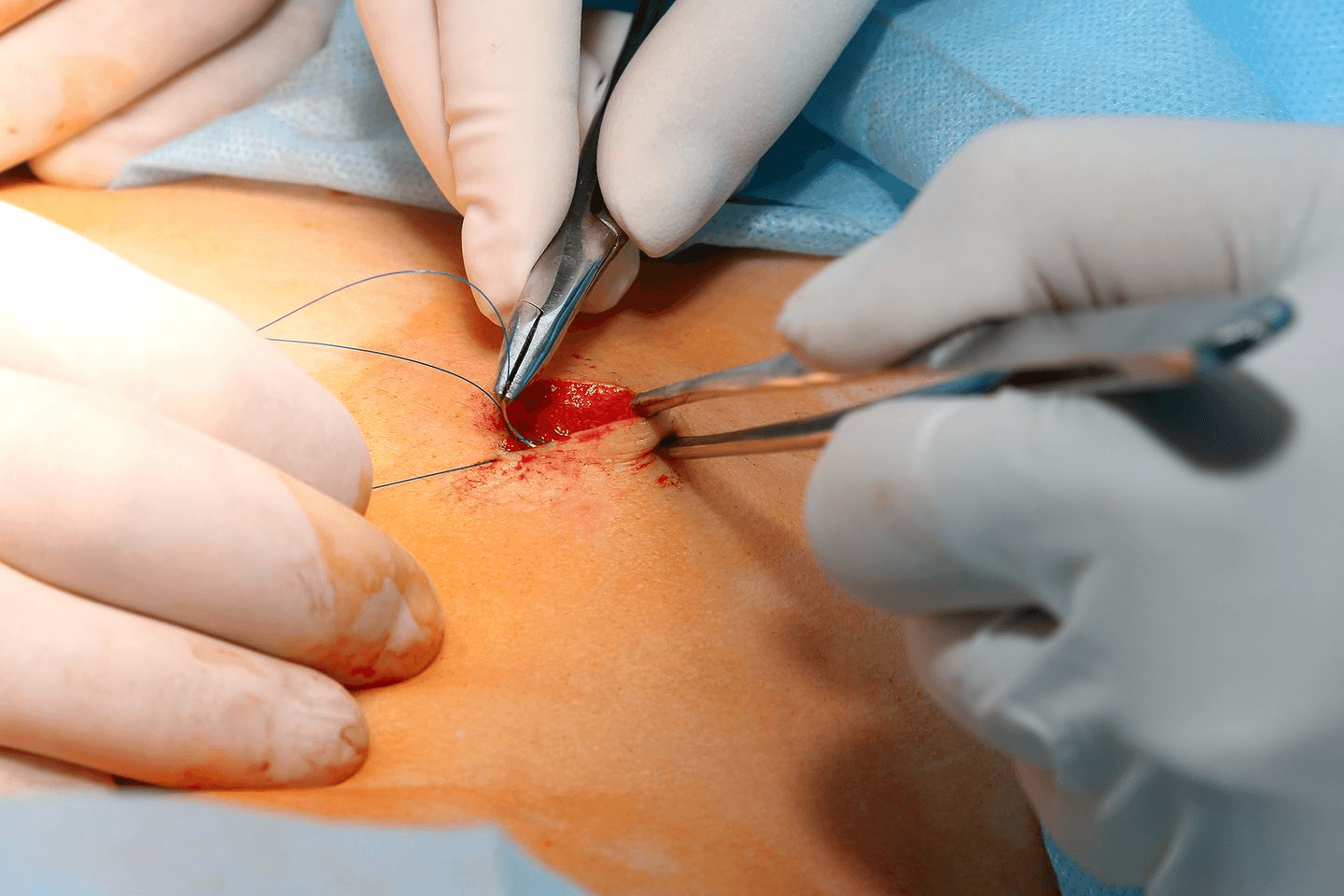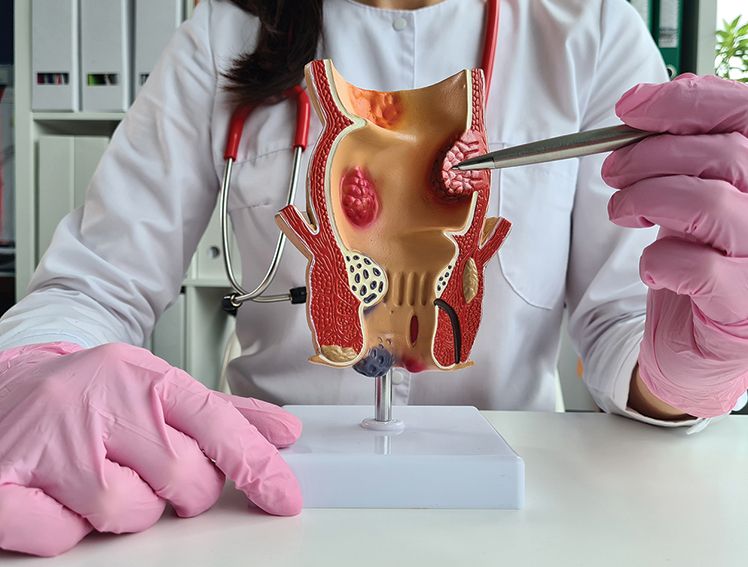
Looking At The Difference Between Fistula and Piles
Fistula
An anal fistula may be described as a tunnel that goes from an abscess inside the anus to a part of the skin that has opened up around the anus. When anal glands get clogged, an abscess develops. If left untreated, the abscess can increase in size and develop into a fistula.
Piles
Piles are swollen veins in the anus. They are also called hemorrhoids. Hemorrhoids are of three main types – external hemorrhoids, internal hemorrhoids, and thrombosed hemorrhoids. Extreme strain when passing stools, obesity, and sitting for an extended duration on the toilet can lead to piles.
As the name suggests, internal hemorrhoids are located within the anus. As such, they are not easily visible. These types of hemorrhoids can cause bleeding from the anus. External hemorrhoids, on the other hand, are ones that form on the outer portion of the anus. They are easily visible to the naked eye.
Thrombosed hemorrhoids are the ones in which a blood clot has formed in an external hemorrhoid.
Piles vs fistula: Understanding the main differences
Let’s look at various aspects of these two health conditions to understand the difference between fistula and piles:
Nature of the disease
Piles is a condition in which blood vessels swell up, whereas a fistula is marked by the development of a tunnel from the anus to surrounding skin.Causes of the disease
Some of the main causes of piles are inadequate consumption of water, pregnancy, obesity, a low fiber diet, straining when passing stools, and sitting for long periods on the toilet seat. Lifting heavy weights can also cause piles. The risk for developing piles increases with age. Expectant mothers also face a higher risk for piles.Some of the main causes of fistula are rectal cancer, UTI (urinary tract infection), Crohn’s disease, and sexually transmitted diseases. The risk for developing a fistula is especially high in patients who already have HIV (Human immunodeficiency virus), diabetes, trauma to the anal region, tuberculosis, and Crohn’s disease.
Symptoms of the disease
The main symptoms of piles are soreness around the anus, pain during excretion, discharge of mucus, feeling constipated, and bleeding from the anus (often without any pain).The main symptoms of fistula include skin irritation in the affected areas, discharge of pus or even blood close to the anus, pain while passing urine, and swelling in the anal region. A fistula may even cause a patient to develop a fever.
Diagnosis of the disease
To diagnose piles, the doctor will usually conduct a physical exam in which they will check for any unusual growths in the anus. They may also use tools such as a proctoscope for better results. In some cases, patients may need to undergo a colonoscopy if the doctor suspects that they might also have cancer or any other digestive health condition.To diagnose a fistula, doctors generally use a combination of physical exams and imaging tests. After inspecting the anus, the doctor may send the patient for an X-ray or a colonoscopy.
Treatment methods
Piles can be treated either through medicines, or surgical procedures. Some patients experience relief from creams that can be applied on the affected regions. They may also take oral pain killers as prescribed by their doctor.In some cases, certain medical procedures might be needed to take care of hemorrhoids. The doctor might perform a procedure to remove the hemorrhoids. Some of these include rubber band ligation and infrared or laser coagulation. A hemorrhoidectomy is performed for extreme cases of piles. A hemorrhoidectomy can be performed either under local or general anesthesia, depending on the situation.
There is one more surgical procedure to treat piles. This is called hemorrhoidopexy. Hemorrhoidopexy or hemorrhoid stapling involves stapling to cut off or reduce blood to the hemorrhoids. This gradually helps reduce complications from piles and brings relief to the patient. A hemorrhoidopexy is usually performed under general anesthesia.
Patients who have suffered from hemorrhoids are also advised to increase their intake of fiber-rich foods in their diet. They also have to increase their intake of water to at least 8 glasses per day.
Unlike piles, fistula cannot be treated with medicines. The only option that the patient has is to undergo a surgical procedure. This procedure is known as a fistulotomy. In this procedure, the surgeon simply opens up the muscles and skin covering the fistula tunnel so that it heals. More complicated fistula may require the placement of a seton that helps drain out the fistula prior to the procedure.
Prevention
It is often said that prevention is better than cure. Sometimes, certain diseases are unavoidable; however, in many other cases, there is a lot that we can do to prevent the onset of medical conditions. To that effect, let’s take a look at what you can do to reduce your risk of developing hemorrhoids and a fistula.
Prevention of piles
Here are a few helpful tips to prevent piles:
- Avoid controlling your stools as controlling them can cause them to dry out and make it more difficult to pass
- Make sure to drink plenty of water throughout the day (at least 8 glasses)
- Consume fiber-rich foods such as whole wheat bread, avocado, apple, dates, potato, vegetables, and almonds
- Never force a stool out as this can cause swelling in the veins
- Prevention of a fistula
Here are a few helpful tips to prevent a fistula:
- Exercise regularly
- Keep the anal region dry and clean
- Do not apply excessive pressure when passing a stool
The MIRUS HEMORRHOIDS STAPLER for prolapsed hemorrhoids
The MIRUS HEMORRHOIDS STAPLER from Meril offers a revolutionary three-row approach for the minimally invasive treatment of prolapsed haemorrhoids. It allows proper excision of the prolapsed pile mass, better security, and superior hemostasis. The MIRUS HEMORRHOIDS STAPLER also comes in the conventional two-row form.
Meril is a global medical device company based in India. From its inception in 2006 till date, Meril has been designing and manufacturing state-of-the-art medical devices that offer true value to patients and doctors alike.
In the years to come, innovations in medical research may perhaps unveil newer methods of treating piles. Until then, the MIRUS HEMORRHOIDS STAPLER is a reliable and efficient tool for the treatment of piles.
Conclusion
As can be seen, there is a lot difference between a fistula and hemorrhoids. Being aware of the nature of each disease and the steps for prevention can greatly improve one’s quality of life. It is important to note one’s own risk factors for a disease and take steps to minimise the impact of these. Following a healthy diet and exercising can also work wonders in improving overall wellbeing. As we can see, a lot of diseases are caused due to lifestyle habits such as incorrect dietary habits and a lack of exercise. As such factors are very much within our own control, we must do our best to work around them.
However, in some cases, there is often little that can be done to prevent the onset of a disease. In such situations, knowing the symptoms can greatly help in seeking timely treatment. The prognosis for both piles and fistula is good if these conditions are treated on time.
We hope that this has been an informative read.



